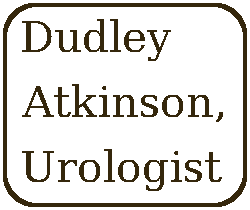You might not be able to avoid statistics. But sometimes authors show some other useful numbers you should look for. Let’s imagine 1000 people driving on the highway. In a construction area, suppose there are twenty accidents a day for those thousand people. In the non-construction area let there be five accidents. Let’s say the mileage of each stretch is the same so we have no “bias”.
1. Relative risk: 20 accidents without construction and 5 with it. The risk of accident in the construction area is 20/1000 (2%). The risk of accident in the normal area is 5/1000 (0.5%). The relative risk is 20/5, or 2%/0.05% which equals 4. You are four times more likely to have an accident in the construction area.
2. Absolute risk: If there is a 2% chance of accident in the construction area, and 0.5% risk otherwise, then the absolute difference is 2 – 0.5 = 1.5% and you could say that driving in the construction area raises your risk of accident by 1.5%. This doesn’t sound as bad as relative risk. It probably is the better way of looking at it, and isn’t as dramatic.
What if putting a cool new sensor in your car lowered your chance of accident in the construction area by 20%, so the numbers of accidents in construction are now 16 and in the clear are 5. This is like getting a treatment for a disease.
3. Relative risk reduction: the new relative risk is 16/5 = 3.2, and the relative risk has lowered from (4-3.2)/4 = 20%. It isn’t a surprise that the number is 20%. We already said that the sensor made one group 20% better, a relative improvement.
4. Absolute risk reduction: first find the absolute risk for the situation with the sensor, and it is (16-5)/1000 = 1.1%, so the absolute reduction is 1.5 – 1.1 = 0.4% and this is how much the sensor lowers accidents overall.
5. Number needed to treat: this is the number of sensors we would have to install to prevent one accident. This is one of my favorite numbers because if the number is really high, then maybe it isn’t worth giving a medicine or treatment to all those patients. In our situation, we find that the number of sensors that have to be installed to prevent one accident among 1000 drivers is 1/(absolute risk reduction) = 25. Might be worth it? Only if you are one of the ones that was going to have an accident, and we don’t know that ahead of time do we? Such is statistics. Nobody can predict the future for an individual, but we can get an idea of what will happen to the herd.
